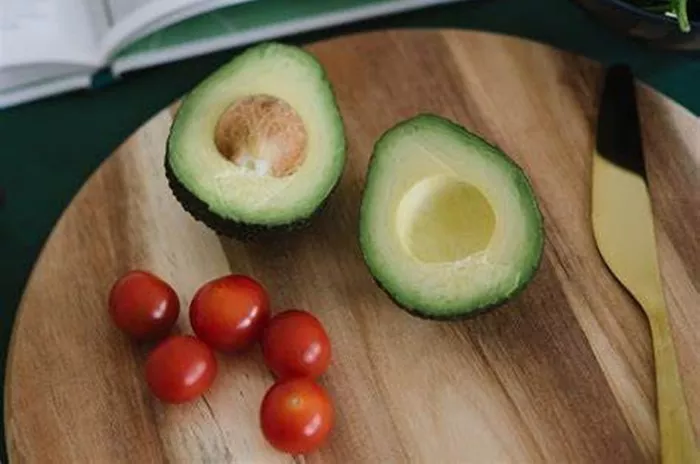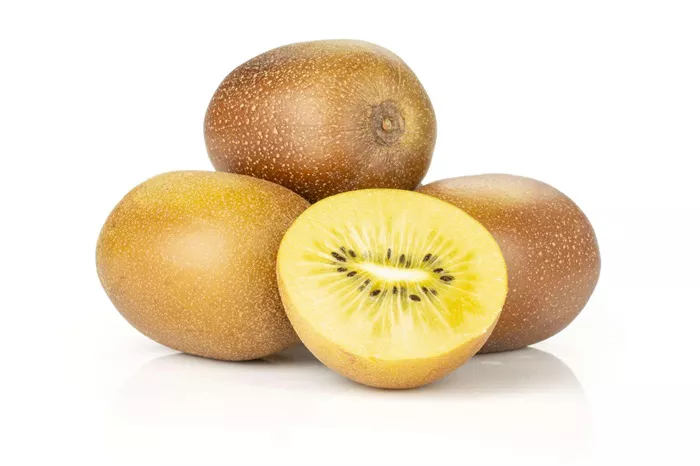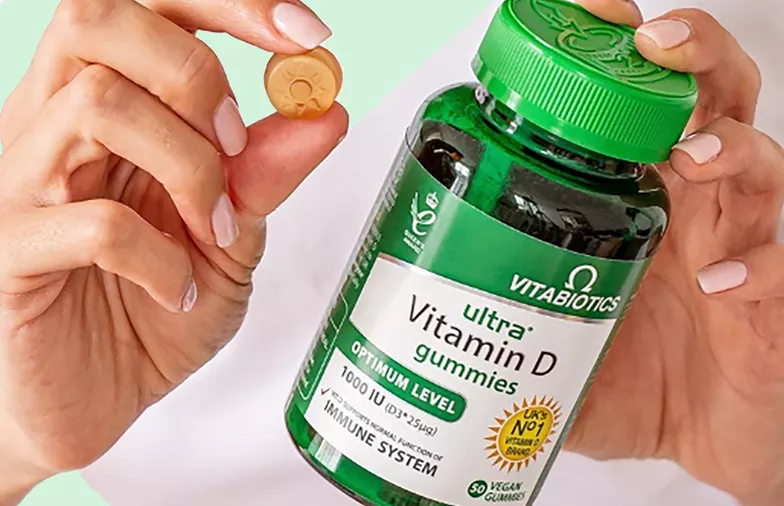Vitamin A, a fat-soluble vitamin, is renowned for its pivotal role in promoting vision, immune function, and skin health. As an essential nutrient, it’s crucial to understand the diverse array of foods that house this valuable vitamin. This article embarks on a comprehensive exploration, shedding light on the foods rich in vitamin A, from animal sources to vibrant fruits and vegetables, ensuring a holistic understanding of this vital nutrient’s dietary landscape.
Animal Kingdom Delights
Liver Love: Among animal products, liver stands out as a powerhouse of vitamin A. Whether from beef, chicken, or other animals, liver is a nutrient-dense organ meat that provides a concentrated source of retinol, the active form of vitamin A.
Egg Excellence: Eggs, especially the yolks, contain vitamin A. Including eggs in the diet contributes not only to vitamin A intake but also to essential proteins and other nutrients. Opting for pasture-raised or fortified eggs enhances their nutritional profile.
Dairy Delicacies: Dairy products, such as milk, cheese, and butter, contain varying amounts of vitamin A. Whole milk and full-fat dairy options tend to have higher vitamin A content, making them favorable choices for those looking to boost their intake.
Fatty Fish Riches: Certain fatty fish, including salmon and mackerel, contribute to vitamin A intake. While not as abundant as in liver, these fish provide a combination of vitamin A and omega-3 fatty acids, supporting overall health.
Colorful Plant Palette
Carrot Crunch: Carrots, renowned for their vibrant orange hue, are rich in beta-carotene, a precursor to vitamin A. The body converts beta-carotene into retinol, making carrots a valuable source of provitamin A.
Sweet Potato Splendor: Sweet potatoes are a nutritional powerhouse, packing both vitamin A and a host of other micronutrients. Their orange flesh indicates the presence of beta-carotene, making them a top choice for those seeking vitamin A from plant sources.
Leafy Green Goodness: Leafy greens, such as spinach, kale, and collard greens, offer a wealth of nutrients, including vitamin A. While their vitamin A content may be in the form of provitamin A, the combination with other antioxidants enhances their nutritional value.
Pumpkin Perfection: Pumpkins, like their orange counterparts, boast a high content of beta-carotene. Whether enjoyed in soups, purees, or baked dishes, pumpkins contribute to the vitamin A pool in the diet.
Mango Marvel: Mangoes, with their sweet and tropical flavor, provide a dose of vitamin A in the form of beta-carotene. Including mangoes in the diet adds not only a burst of flavor but also a boost of essential nutrients.
Cantaloupe Couture: Cantaloupe, a refreshing melon, contains beta-carotene, offering a delightful way to meet vitamin A needs during the summer months. Its natural sweetness makes it a favorite in fruit salads and smoothies.
Bell Pepper Brilliance: Bell peppers, especially the red and orange varieties, are rich in beta-carotene. Adding these colorful peppers to salads, stir-fries, or snacks contributes to both flavor and nutrition.
Roots, Herbs, and Spices
Turnip Triumph: Turnips, often overshadowed by more popular vegetables, contain vitamin A in the form of beta-carotene. Exploring diverse ways to incorporate turnips into meals adds variety to the diet.
Dill Delight: Dill, a flavorful herb, contributes to vitamin A intake. Whether used fresh in salads or as a seasoning in various dishes, dill provides a subtle yet valuable source of this essential nutrient.
Cayenne Spice: Cayenne pepper, known for its heat and spice, contains beta-carotene. Including cayenne pepper in culinary creations not only adds flavor but also contributes to the overall vitamin A intake.
Thyme Treasures: Thyme, an aromatic herb commonly used in cooking, contains vitamin A. Its versatility in savory dishes, marinades, and even teas makes it an accessible source of this vital nutrient.
Paprika Power: Paprika, made from ground peppers, provides a mild yet distinctive flavor to dishes. This spice contains beta-carotene, offering a subtle but valuable contribution to vitamin A intake.
Fortified Foods
Fortified Dairy Alternatives: Some plant-based milk alternatives, such as almond or soy milk, are fortified with vitamin A. Checking labels for fortification details ensures a reliable plant-based source of this essential nutrient.
Fortified Breakfast Cereals: Breakfast cereals, both traditional and those tailored for specific dietary preferences, are often fortified with vitamin A. Including these cereals in morning routines provides a convenient way to boost vitamin A intake.
Fortified Margarine: Certain margarines are fortified with vitamin A. Choosing fortified margarine for spreads or cooking contributes to vitamin A intake, especially for individuals with specific dietary preferences or restrictions.
Nutritional Strategies
Dietary Fat Synergy: Vitamin A is a fat-soluble vitamin, emphasizing the importance of consuming it with dietary fat for optimal absorption. Including healthy fats, such as olive oil or avocado, alongside vitamin A-rich foods enhances absorption.
Balanced Diet Harmony: A balanced diet that includes a variety of vitamin A sources ensures a diverse nutrient profile. Combining animal sources, colorful fruits and vegetables, and fortified foods creates a harmonious approach to meeting vitamin A needs.
Cooking Techniques: Certain cooking techniques can enhance the bioavailability of vitamin A. For example, lightly cooking vegetables or consuming them with a small amount of oil can improve the absorption of beta-carotene.
Vitamin A-Rich Snacking: Incorporating vitamin A-rich foods into snacks provides an additional opportunity to boost daily intake. Carrot sticks with hummus, sweet potato chips, or a fruit salad can serve as nutritious and flavorful snacks.
Considering Supplements
Individualized Supplement Needs: While obtaining vitamin A from a well-balanced diet is optimal, certain individuals may benefit from supplements. Pregnant individuals, older adults, or those with specific health conditions may require tailored supplementation.
Professional Guidance: Consulting with a healthcare professional before starting vitamin A supplements is essential. Excessive vitamin A intake from supplements can lead to toxicity, emphasizing the need for personalized advice based on individual health status.
Closing Thoughts
In the intricate tapestry of nutrition, vitamin A holds a central place, influencing various aspects of health and well-being. From the vibrant colors of fruits and vegetables to the nutrient-dense offerings from the animal kingdom, the diversity of foods rich in vitamin A allows individuals to craft a plate that not only delights the palate but also nourishes the body.
Balancing dietary choices, exploring new culinary horizons, and being mindful of individual preferences contribute to a sustainable and enjoyable approach to meeting vitamin A needs. By embracing the wealth of foods abundant in this essential nutrient, individuals can embark on a journey towards vibrant health and a thriving, well-nourished life.
[inline_related_posts title=”You Might Be Interested In” title_align=”left” style=”list” number=”6″ align=”none” ids=”3220,3217,3120″ by=”categories” orderby=”rand” order=”DESC” hide_thumb=”no” thumb_right=”no” views=”no” date=”yes” grid_columns=”2″ post_type=”” tax=””]
































